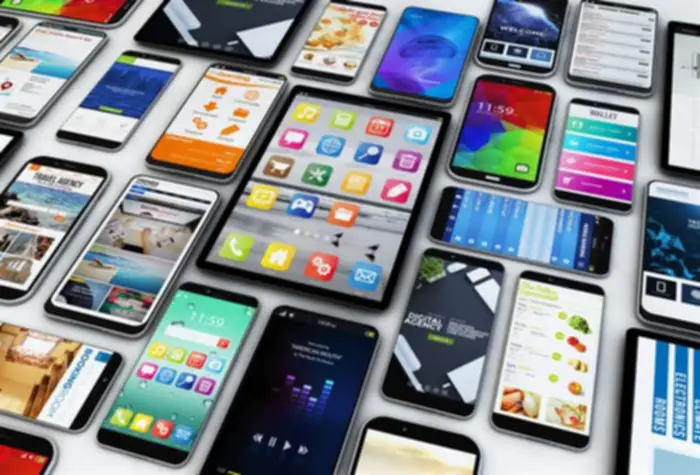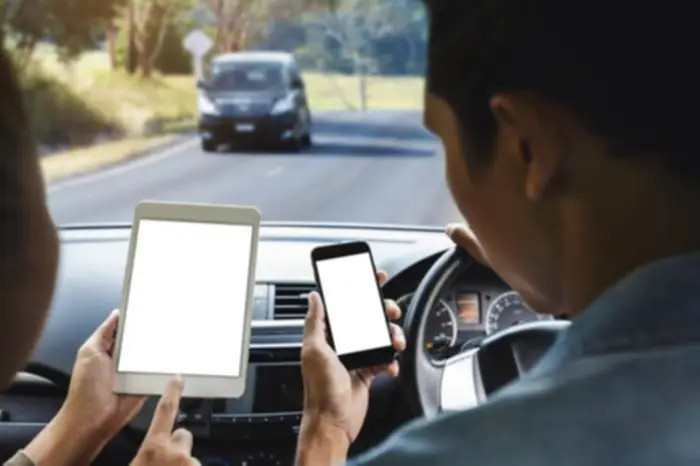Iot In Healthcare: Applications, Advantages & Challenges
susanti
- 0
Imaging techniques, coronary heart screens, and smart inhalers are some of the units that can be used for personalized remedy. These devices decrease human error and make healthcare absolutely accessible to sufferers Web application at home. These sensors have a fantastic potential to display for illness and enhance the patient expertise.
IoT replaces a part of the visits to the physician with telemedicine options and on-line consultations, saving time and prices. Patients not must go to the hospital unnecessarily or endure lengthy waits; as an alternative, they’ll simply access consultations, treatments, and even conduct medical tests remotely. IoT is used to observe environmental circumstances in healthcare amenities, guaranteeing optimal temperature, humidity, and air high quality. This helps create a protected and comfortable surroundings for patients and staff, as nicely as keep the integrity of medications and medical equipment. Addressing these challenges requires a collaborative effort from healthcare suppliers, know-how developers, regulatory bodies, and policymakers.
Iot Within The Healthcare Business: Last Thoughts

It can then ship those pictures to a wearable gadget that is connected with devoted medical applications. Good pills are also helpful to visualize the gastrointestinal tract and colon remotely. It’s as a outcome of IoT permits us to gather a huge quantity of data in regards to the patient’s illness which might have taken many years if we collected it manually. Even for healthcare professionals to accumulate knowledge originating from a number of gadgets and sources and analyze it manually is a tough guess.
Our machine studying engine can baseline communication patterns to acknowledge an attack in progress, such as C2 communications. Historically, there hasn’t been a good way to ensure that suppliers and patients inside a healthcare facility washed their hands correctly so as to decrease the risk of spreading contagion. IoT units can help handle these challenges by providing continuous, automated monitoring of glucose levels in sufferers. Glucose monitoring units get rid of the need to maintain data manually, they usually can alert sufferers when glucose levels are problematic. We create tailored apps that can match your specific needs by analyzing your ache factors, market scenarios, consumer expectations, etc. So, you’ll have the ability to see the potential of IoT in modernizing healthcare companies and its quite a few advantages.

How Iot Is Useful: Connecting Hospital Ecosystems
Pfizer used chilly chain capabilities like IoT sensors to trace and monitor shipments of COVID-19 vaccines and ensure protected temperatures. The healthcare industry continues to innovate utilizing the huge, related universe generally known as the internet of things. The Hero device is a great tablet dispenser that routinely sorts and dispenses drugs based on the affected person’s prescribed schedule. To mitigate these dangers, healthcare organizations must set up robust backup and disaster recovery plans, as properly as regular maintenance and testing protocols for IoT infrastructure.
- The huge amount of information that a healthcare device sends in a really brief time owing to their real-time application is hard to retailer and manage if access to the cloud is unavailable.
- IoT devices also empower patients to take cost of their health by providing access to their health knowledge, making certain transparency, and inspiring collaboration with healthcare providers.
- By integrating IoT units with advanced analytics, we empower healthcare techniques to foretell developments, detect early signs of complications, and ship proactive care.
- Studies have proven that the FreeStyle Libre improves glycemic management, reduces hypoglycemia, and enhances patient satisfaction.
- This data is a goldmine for healthcare stakeholders to improve patient’s well being and experiences while making income alternatives and improving healthcare operations.
Plus, many IT infrastructures are working on legacy methods that complicate seamless integration with trendy digital solutions and consequently the data exchange between completely different platforms. Hospitals face difficulties leveraging IoT solutions totally due to the lack of standardized data-sharing protocols. Without these requirements, integrating data from varied IoT devices into a cohesive system becomes nearly impossible. The Internet of Issues (IoT) is essentially a community of good units embedded with sensors, all linked to the Web.
Or watch our video on Mapsted Location Expertise for Hospitals and Healthcare to learn extra. The ubiquitous nature of expertise means that customers and well being care professionals have higher entry to digital assets than ever before 87. For healthcare professionals, managing a vast amount of knowledge just isn’t as straightforward as it sounds. Data collected in real-time through IoT-enabled mobile devices could be analyzed and segregated through mobility options powered by IoT. Real-time monitoring via linked devices can save 1,000,000 lives in the event of a medical emergency like coronary heart failure, diabetes, bronchial asthma assaults, and so on. With the real-time monitoring of the situation in place via a sensible medical system connected to a smartphone app, connected devices can acquire useful medical and health-related information.
Though the pandemic is over, its affect on the healthcare industry is irreversible, and that includes the surge in demand for IoT units. Amid these challenges, the Web of Issues (IoT) has emerged as a transformative drive, extending the capabilities of healthcare providers IoT in Healthcare past conventional scientific settings. Remote patient monitoring (RPM) technologies leverage IoT sensors to supply real-time health knowledge, mitigating the necessity for unnecessary in-person visits. As the demand for remote care persists, IoT-driven innovations shape the method ahead for healthcare, enhancing accessibility and remodeling affected person monitoring.
It can determine, classify, profile habits and threat, and safe all medical and IoT belongings in your healthcare group. You can even use Ordr to maximize the utilization of your whole connected medical units. A major challenge with distant affected person monitoring units https://www.globalcloudteam.com/ is guaranteeing that the extremely private information that these IoT devices collect is safe and personal. At Dash Applied Sciences, we specialize in delivering cutting-edge IoT options which may be transforming healthcare delivery.
The vast amount of non-public well being knowledge collected by IoT devices raises issues about affected person privacy. Inadequate safety of this knowledge can lead to unauthorized access or misuse. Implementing these measures in IoT-powered smart healthcare options will aid in stopping cyberattacks and guarantee information privacy.
Integrating IoT applied sciences with current healthcare data methods poses challenges. Legacy systems may not be designed to accommodate the inflow of knowledge from IoT devices. The massive quantity of knowledge generated by IoT gadgets poses challenges in phrases of storage, processing, and analysis. Inefficient information management can lead to latency points and hinder well timed decision-making.